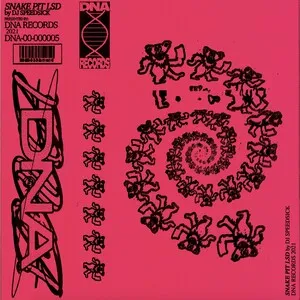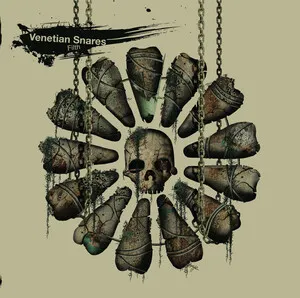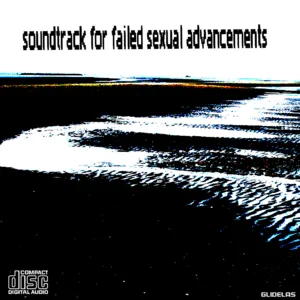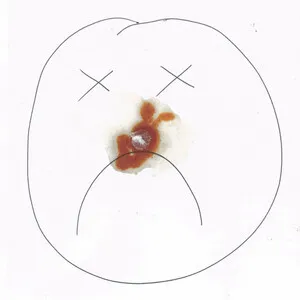Your digging level
Description
Acidcore is a hard, fast, and abrasive strain of acid-driven dance music that fuses the squelching TB‑303 lines of acid house/acid techno with the high-impact drums, distortion, and intensity of hardcore techno and early gabber.
Typically running at 150–180 BPM, acidcore foregrounds relentless 909/808‑style kick drums (often distorted), off‑beat hats, clattering rides, and gritty percussion beneath hypnotic, resonant 303 sequences. The mood leans raw, underground, and rave‑oriented, with long-form arrangements designed for free parties and warehouse floors.
Where classic acid emphasizes trippy groove, acidcore pushes the sonic aggression and tempo, preserving the hypnotic acidity while amplifying the energy for late‑night peak moments.
History
Acidcore emerged in the early 1990s as European DJs and producers combined the squelchy resonance of acid house/acid techno with the punishing kicks and tempos of hardcore techno and early gabber. The sound coalesced around free‑party and warehouse scenes across France, the Netherlands, Belgium, and the UK—spaces where long, improvised sets encouraged raw, hardware‑driven experimentation.
Labels and crews connected to acid, hard techno, and early hardcore—alongside DIY sound systems and the burgeoning squatter/warehouse network—provided the ecology for the style to harden: the 303 stayed center stage, but the drums grew tougher, faster, and more distorted.
As the free‑tekno movement spread in continental Europe (especially in France), the term “acidcore” became a convenient tag for the faster, harsher end of acid music heard at raves and teknivals. Live hardware jamming (TB‑303 clones, SH‑101s, 909s, samplers) and long-form hypnotic arrangements defined this phase. The emphasis was less on polished studio singles and more on rugged, DJ‑ and live‑set‑ready tracks built to sustain energy in outdoor sound‑system environments.
Through the 2000s, acidcore cross‑pollinated with hardtek, industrial hardcore, and faster hardcore lineages (terror/speedcore), influencing later European underground sounds. Digital production made the 303 aesthetic more accessible (software emulations and modern clones), sustaining new waves of producers who retained the genre’s core principles—fast tempo, distorted drums, searing resonance—while adapting them to contemporary club systems.
Today, acidcore remains a staple in free‑party culture and a recurring thread in harder techno rooms, periodically resurfacing in broader rave revivals and hybrid sets that celebrate hardware grit and raw, hypnotic energy.












